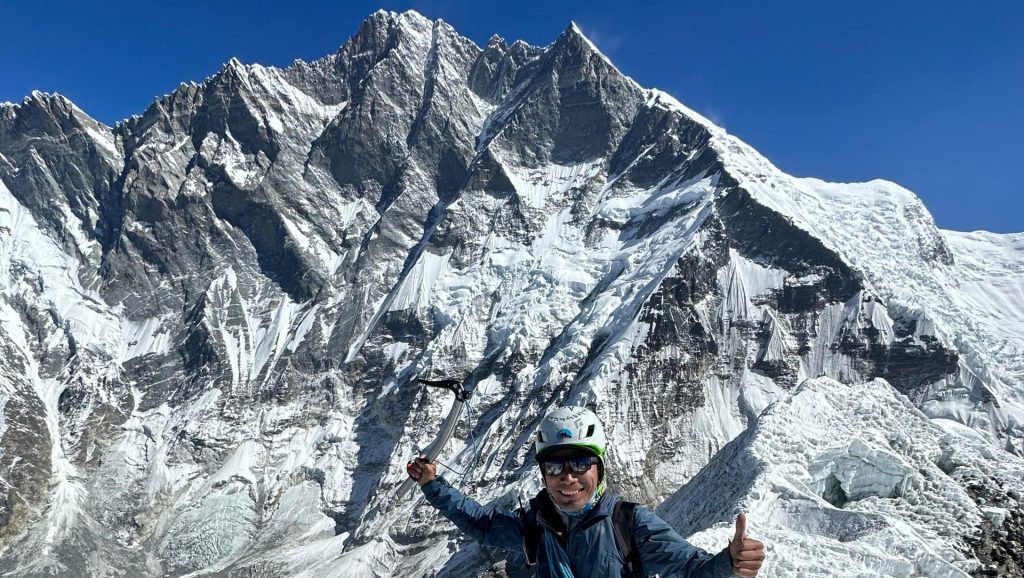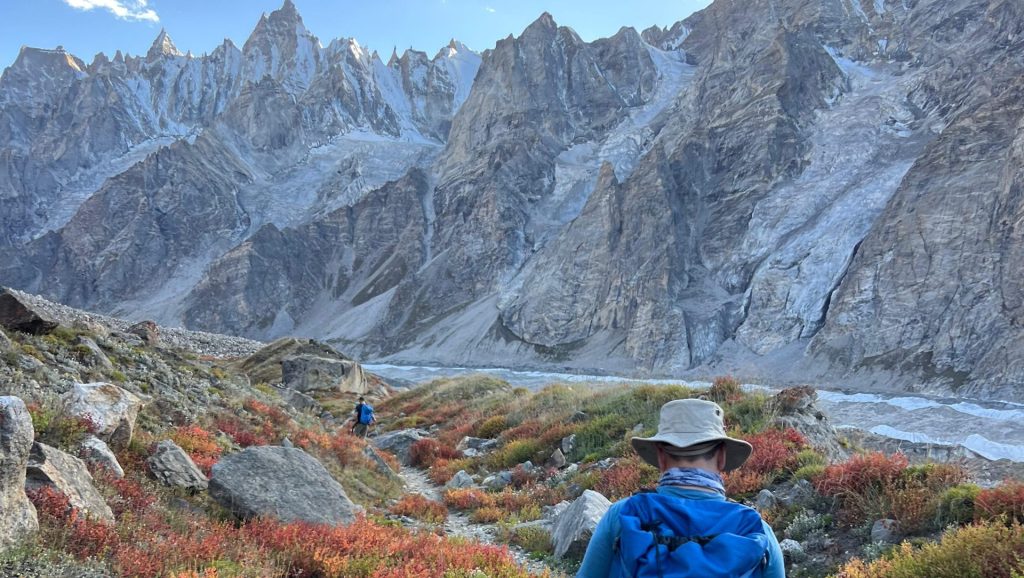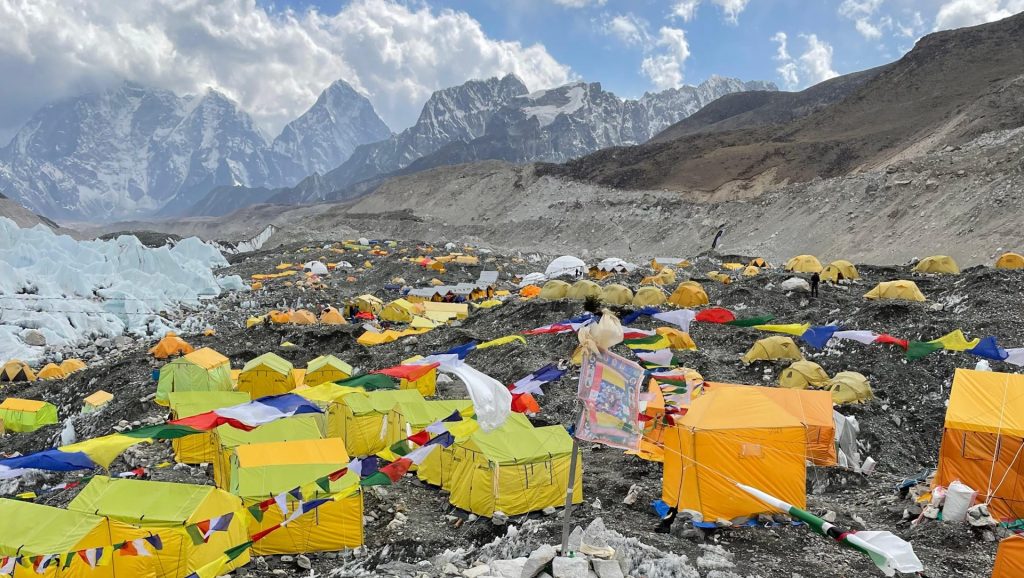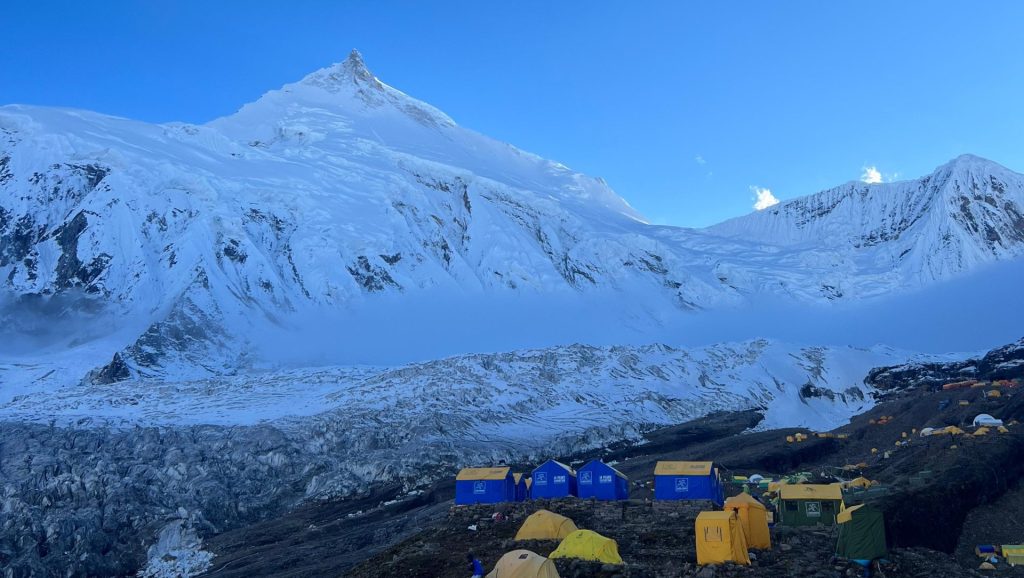Lhotse, meaning “South Peak” in Tibetan, is directly connected to Mount Everest via the famous South Col. It lies in the Khumbu region of Nepal, forming part of the Everest massif. From Everest Base Camp, the towering Lhotse Face is one of the most striking walls in the Himalaya.
Package Outline
- Elevation: 8,516 meters (27,940 ft)
- World Ranking: 4th highest mountain on Earth
- First Ascent: May 18, 1956 by Fritz Luchsinger & Ernst Reiss (Swiss Expedition)
- The standard climbing route to Lhotse follows the same approach as Everest’s South Col route through the Khumbu Icefall, Western Cwm, and Lhotse Face.
- After Camp III (7,200m), the route diverges from Everest and continues toward the steep and narrow Lhotse Couloir, leading directly to the summit.
- The climb is technically demanding due to the exposed ice and rock couloir near the summit, often requiring precise movement and patience in a bottleneck area.
- Lhotse Face: A near-vertical 1,125m icy wall between Camp II and Camp III. This is one of the most famous features of the Everest/Lhotse routes.
- Lhotse Main (8,516m): The principal summit.
- Lhotse Middle (8,414m): Once the highest unclimbed point on Earth until 2001.
- Lhotse Shar (8,383m): A distinct summit east of the main peak.
- Spring (April–May): Most popular for favorable weather.
- Autumn (September–October): Less crowded, colder conditions.
- The proximity to Everest offers climbers a shared route up to Camp III, making logistics easier.
- Lhotse is slightly less crowded than Everest, attracting climbers who want a major 8000m challenge without the same volume of traffic.
- The Lhotse Couloir provides one of the most spectacular technical sections on any 8000m peak.
- Considered a logical progression for climbers who have summited Everest or other 8000m peaks and want a more technical high-altitude challenge.




